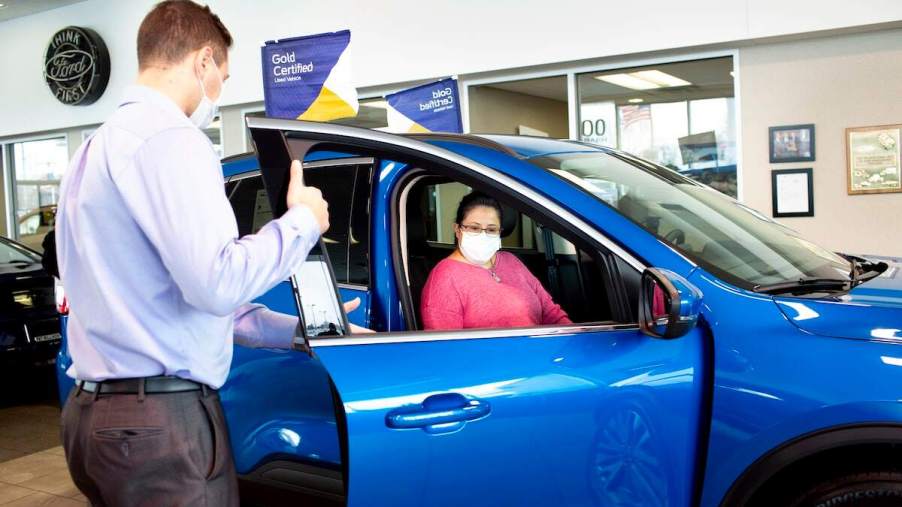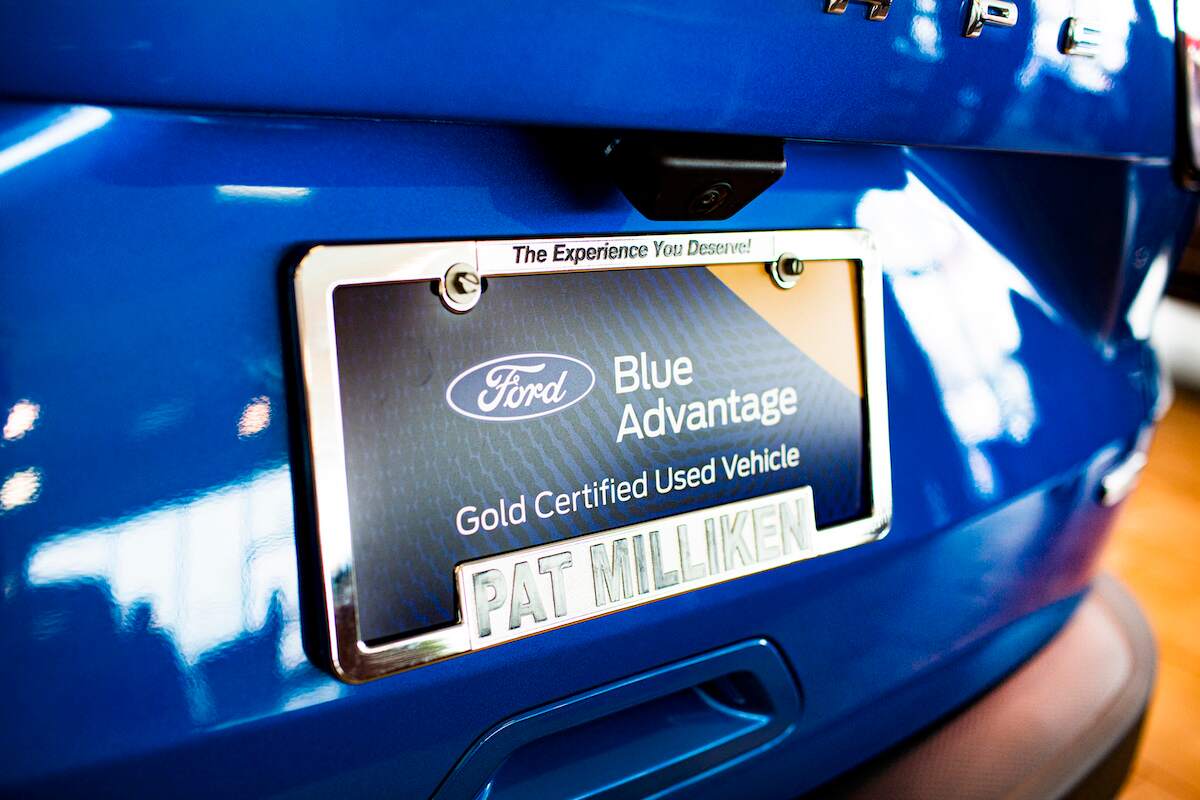
Certified Pre-Owned Cars Show a Concerning Trend, but the News Isn’t All Bad
Though post-pandemic used car sales have been down, a significant number of pre-owned vehicles still sell quarterly. It’s not all bad news regarding the used vehicle market, but specific issues need addressing, including a concerning trend with certified pre-owned (CPO) cars. Here’s a look at recent CPO sales and the key differences between CPO cars and other used vehicles.
Recession fears spark the lowest CPO sales trend in over 10 years

Certified pre-owned cars have hit a new low. Not only are CPO vehicle sales down significantly year-over-year, but they’re at the lowest point in over a decade.
According to Cox Automotive, 214,684 CPO cars were sold in April 2023. Though that doesn’t initially seem alarming, sales are down over 4% compared to April 2022. And their down 6% since March 2023.
However, it’s not all bad news for CPO dealers. While sales have declined, the current year-to-sales pace is about 7,500 CPO units — better than last year. Despite that positive, CPO sales are down significantly from pre-pandemic months. In addition, if CPO year-over-year sales continue the trend seen in April 2023, this year’s CPO sales could be much worse than last year’s.
Experts at Cox Automotive remain hopeful that CPO sales will increase during the second half of 2023. However, they also understand that consumer concerns over the U.S. economy might prevent that.
“CPO sales have seen a pop to start the year compared to 2022,” Chris Frey, senior manager of economic and industry insights at Cox Automotive, says. “As we’re clawing our way back to pre-pandemic levels, shifts in strategies for CPO may be bearing fruit. While we don’t have full visibility into what age and mileage constitute total sales, expanding the pool of eligible vehicles could be a boon to the CPO market.”
The difference between certified pre-owned vehicles and other used cars
CPO vehicles are used cars, but they aren’t run-of-the-mill used cars. Buying a CPO vehicle should give consumers more peace of mind than a non-CPO car. That’s because CPO vehicles must pass a series of tests to earn certification. However, that makes CPO vehicles more expensive than average used cars.
In most scenarios, the price increase associated with a CPO seal of approval is generally worth it because consumers get a car they can trust. One benefit of a CPO vehicle is that it is thoroughly inspected based on a manufacturer’s specifications and has an extended warranty. In addition, when a used car gains the CPO seal of approval, it becomes eligible for discounted financing rates on par with the financing incentives for new cars.
How does a vehicle become a certified pre-owned car?

The process of becoming a certified pre-owned car involves multiple steps. All CPO vehicles must meet strict mileage and age eligibility rules. In addition, cars must undergo rigorous inspection and rectify any issues before earning the CPO badge.
Most multipoint inspections include 100-plus checkpoints to ensure the status of the engine, transmission, suspension, brake pads, tires, and other components, but not all CPO programs are this in-depth. That’s why comparing CPO programs is necessary to discover what’s included during the inspection process on the specific CPO car you’re considering.
Overall, only a handful of used cars make it through this rigorous inspection to earn the CPO seal, ensuring the vehicle is up-to-date and ready to hit the road.


